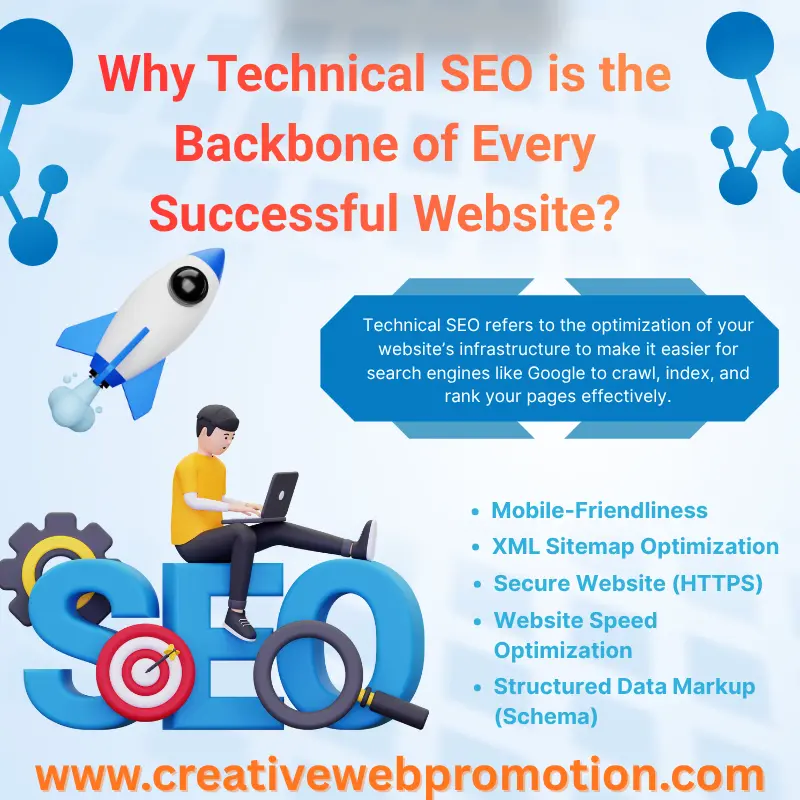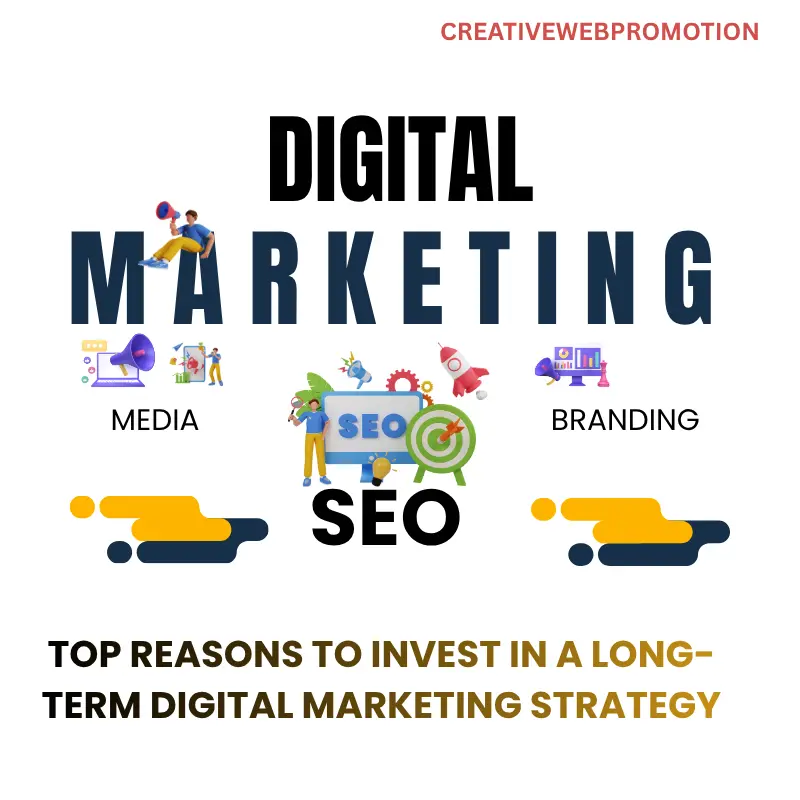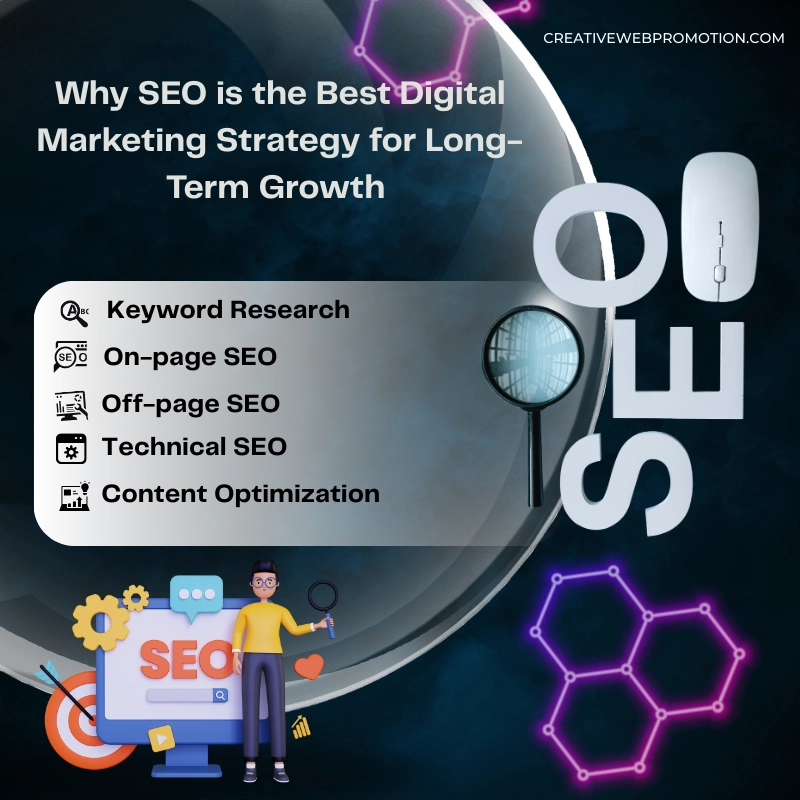E-commerce Website SEO
In today’s digital world, an e-commerce site like a2zdirectsports.com isn’t just a store—it’s a brand, an experience, and a marketplace all in one. But how do you help people find your store when billions of sites compete for attention? The answer is SEO—Search Engine Optimization. By optimizing your site, you improve its visibility, engagement, and sales.
In this post, we’ll explore how to give your e-commerce store an SEO boost—from technical foundations to content strategies—while highlighting how Creative Web Promotion can help you shine brighter in search results. Let’s dive in!
Why E-commerce SEO Matters?
SEO is key for long-term growth and organic traffic. Here’s why it’s essential for a2zdirectsports.com:
- Increase visibility: Rank higher in Google to attract more potential customers.
- Build trust: High-ranked results seem more reliable.
- Quality traffic: Attract visitors who want what you sell.
- Cost-effective: Organic SEO is more sustainable and cost-efficient than ads.
- Competitive edge: Stand out in the crowded sports gear market.
Understanding Your Target Audience
Before tackling SEO, know who you serve:
- Sports enthusiasts – amateur or professional athletes.
- Fitness buffs – looking for gear, accessories, or training tools.
- Parents and teams – buying in bulk for kids or club teams.
- Casual buyers – buying branded gear for fun or gifts.
Create buyer personas: who they are, what they search for, and why they shop with you. Use this insight to drive your SEO strategy.
Keyword Research: The SEO Foundation
SEO starts with keywords—the terms people type into search engines. Conduct thorough keyword research:
- Broad: “football cleats,” “yoga mats.”
- Long-tail: “Best cricket gloves for beginners.”
- Local: “Sports equipment store in [City].”
- Transactional: “Buy a carrom board online.”
How to Research?
- Google’s autocomplete: see what suggestions pop up.
- “People also ask” boxes: find related questions.
- Tools like Ahrefs, SEMrush, Ubersuggest, and Keywords Everywhere.
- Competitors’ sites: see which keywords they rank for.
- Trend tools: Google Trends for seasonal interest (e.g., “cricket bats”).
Group keywords by topics or pages:
- Homepage: “Sports equipment online”
- Category pages: “carrom,” “cricket gear,” etc.
- Product pages: include product-specific names like “Buy Cricket Set.”
Integrate both broad and long-tail keywords
On-Page SEO: Optimizing Pages for Search & Users
Once you have keywords, optimize site content to rank and convert.
1. Title Tags & Meta Descriptions
- Keep title tags under 60 characters, starting with the keyword.
Example: Buy Cricket bat | a2zdirectsports.com
- Write compelling meta descriptions (under 160 characters) that include the keyword and a clear call-to-action.
Example: Shop top football cleats from leading brands. Free shipping & easy returns at a2zdirectsports.com.
2. Headers (H1, H2, H3…)
- Use only one H1 tag per page, with the target keyword.
- Use H2/H3 tags for subtopics, benefits, and FAQs.
- Use keywords naturally, not forced.
3. High-Quality Content
- Product pages: include detailed descriptions (materials, sizes, use), bullet features, and usage tips.
- Category pages: add brand info, comparison, and selection tips.
- Blogging: write helpful posts like “How to Choose the Right Cricket Bat” or “Top 5 Gym Essentials.”
- Add FAQs: answer common questions (“Are these cricket bats durable?”).
- Make content easy to read with short paragraphs, bullet lists, and images.
4. Internal Linking
Link-related pages to help visitors and search engines navigate. Example:
Product → Category → Blog post (“Best Soccer Cleats for Beginners”).
5. Image Optimization
- Use descriptive filenames (e.g., football-cleats-nike-mercurial.jpg).
- Add alt text explaining the image with the keyword.
- Compress images to improve load times.
Technical SEO: Making Your Site Search-Ready
Technical SEO ensures search engines can crawl and index your site effectively.
1. Mobile-Friendly Design:
With mobile-first indexing, ensure your site is responsive, clearly visible, and easy to navigate on phones and tablets.
2. Fast Page Speed
- Compress and serve images via web-friendly formats (e.g., WebP).
- Use CDN and browser caching.
- Minify CSS/JS files.
- Monitor using tools like Google PageSpeed Insights or GTmetrix.
3. XML Sitemap & robots.txt
- Generate an up-to-date XML sitemap listing all important pages.
- Use robots.txt to block unhelpful pages (login, cart).
4. Schema Markup
Improve SERP visibility using structured data:
- Product schema: price, availability, ratings.
- Breadcrumb schema: shows navigation path.
- FAQ schema: displays questions and answers.
Use Google’s Rich Results Testing Tool to validate.
Off-Page SEO: Building Authority & Trust
Search engines like Google look for signals that your site is popular and trustworthy.
1. Link Building
- Reach out for guest posts on relevant sports blogs.
- Collaborate with fitness influencers for product reviews and backlinks.
- Submit a2zdirectsports.com to quality sports directories (moderation ensured).
- Build local citations (Google My Business, Bing Places) if you have an offline presence.
2. Social Media & Content Marketing
- Share blog posts and new products on Instagram, Facebook, and Twitter.
- Engage your audience with polls, product highlights, and behind-the-scenes content.
3. Customer Reviews
- Prompt buyers to leave reviews.
- Respond professionally to all feedback.
- Show review snippets on product pages (with schema).
4. Influencer Collaborations
- Sponsor sports micro-influencers or community teams.
- Gift them gear in exchange for reviews and backlinks.
Local SEO: Winning Nearby Shoppers
If you ship locally or have a physical outlet, use local SEO strategies:
- Create and optimize a Google My Business listing.
- Get customer reviews on GMB.
- Build local backlinks from community event sites or blogs.
Analytics & Continuous Improvement
SEO is ongoing—measure your progress and tweak strategies using these tools:
- Google Analytics: track traffic, bounce rate, and conversion.
- Google Search Console: monitor keywords, clicks, and crawl errors.
- Rank trackers: like Ahrefs, SEMrush, Moz.
- Heatmaps and session recordings: tools like Hotjar or Crazy Egg to study visitor behavior.
Regularly audit:
- Page performance
- Keyword rankings
- Technical issues
- Backlink profile
Stay flexible and update content, product pages, and strategies as you learn.
How Creative Web Promotion Can Help?
SEO can be complex, but with the right partner, success comes faster. At Creative Web Promotion, we offer:
- In-depth keyword research tailored to your audience.
- On-page audits & content optimization.
- Technical SEO: sitemap setup, speed, mobile fixes.
- Structured data and schema implementation.
- Quality link-building and influencer outreach.
- Local SEO
- Analytics setup and ongoing performance monitoring.
- Strategic content creation: blog posts, guides, FAQs.
We don’t just optimize your site—we help your brand grow, adapt, and thrive in a competitive space.
Conclusion
For a2zdirectsports.com, SEO isn’t just a marketing tactic—it’s a powerful engine for growth. By focusing on the technical foundation, building quality content, and using off-page strategies, you’ll attract more visitors, convert them into customers, and build a trusted brand. For sustainable results, partner with Creative Web Promotion. From keyword strategy to link-building, we’ll help you build a long-lasting online presence and a sport-focused community that thrives.
Categories:




